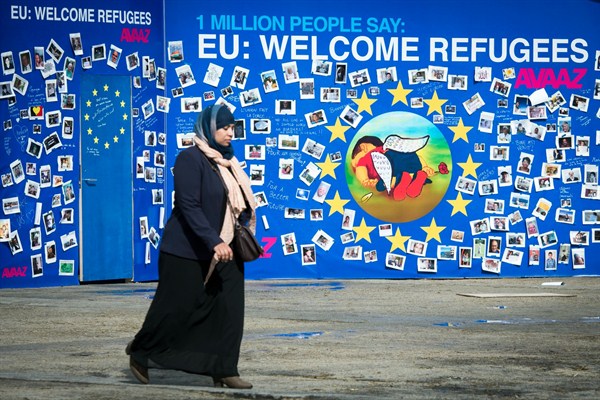In 2015, more than 1 million people, mostly from Syria but also Eritrea, Sudan and other countries wracked by conflict and economic turmoil, found their way to Europe in search of asylum, where they struggled to rebuild their lives, often in the face of xenophobia and exclusion. Those were the lucky ones. Thousands of other refugees and migrants died while attempting to cross the Mediterranean and Aegean seas, a tragic waste of human life that was symbolized in a photograph of the lifeless body of a four-year-old Syrian boy, Alan Kurdi, which washed up on the shore of a beach in Greece.
2015 was a signal moment for the Global North in its dealings with refugees, when the appalling circumstances of asylum-seekers were starkly laid out for everyone to see. But while some borders closed and immigration restrictions were imposed in many parts of Europe, there were other, more positive signs, and a willingness to think anew about the treatment of refugees. Some citizens who had once bayed for stricter immigration policies urged their governments to admit more refugees. Many others joined civil society groups to assist arriving refugees, sometimes even opening their own homes to provide shelter.
Nowhere was this empathetic response clearer than in Germany, where Chancellor Angela Merkel encouraged it by reassuring her compatriots that “Wir schaffen das!”—“We can do it!”—and implementing an open-door policy that allowed around 1 million refugees to settle in Germany over the next year. A similar spirit was evident across the Atlantic in Canada, where Prime Minister Justin Trudeau, invoking his country’s reputed history of tolerance and openness to refugees, offered to resettle tens of thousands of Syrians who had fled civil war.

